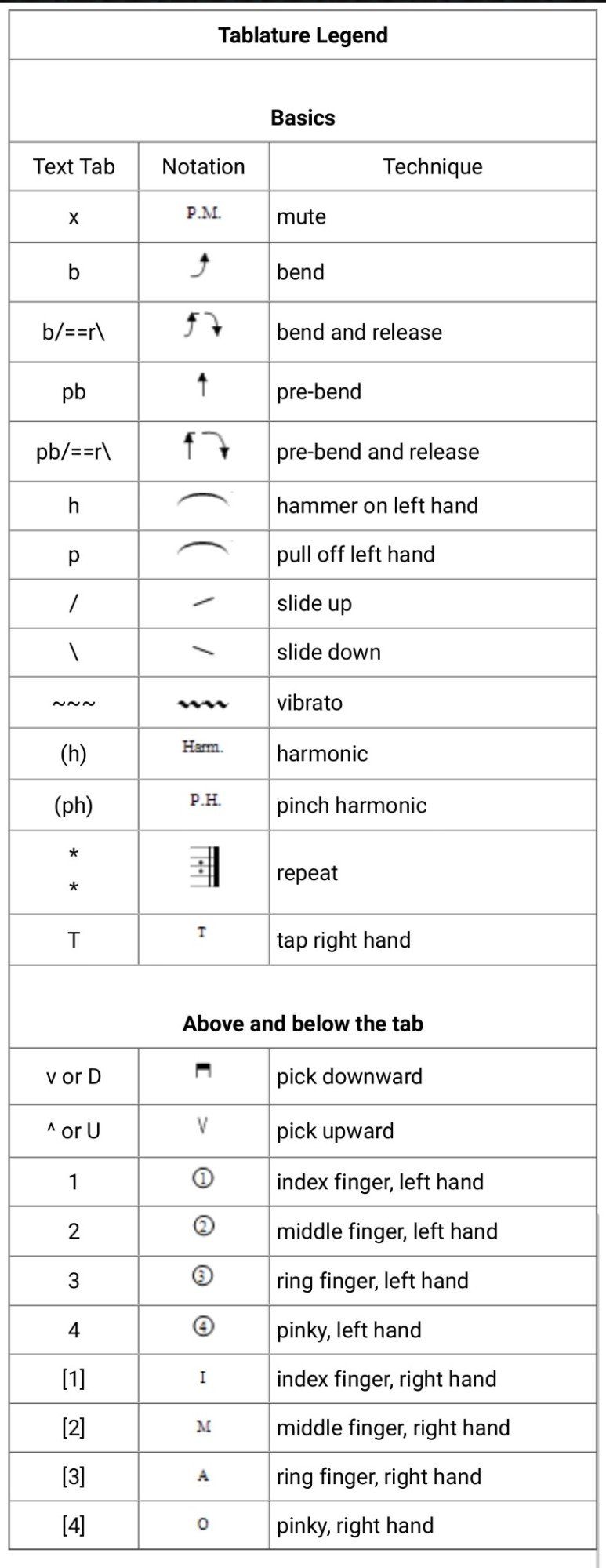
We know that all aspects of a song need to work together.
Modulations that build energy should be accompanied by an intensifying lyric. Example: C Am Dm F Gb7 F C/E F7 ||Bb Eb Bb… ADVICE: Try sliding into the new lower key at an unexpected moment, like in the mid-point of a progression. It’s not that they can’t work, but they’re definitely trickier. Example: Semitone modulation: C F G C Ab ||Db Gb Ab… Whole tone modulation: C F G C A7 ||D G A… ADVICE: It’s relatively easy to make this modulation work: simply end a progression with the dominant chord (the V-chord) of whatever key you want to move to. Many listeners interpret this kind of modulation as a cheap way to get an energy boost. Be careful with this one, because it can sound tired and trite very quickly. Moving key up by a semitone or whole tone. Example: Relative Minor: C F G Em Am G Em_ || Am G Am… or Parallel Minor: C F G Am D7 F G||Cm Gm Cm… ADVICE: It can work to do a switch to the relative minor (i.e., switching from C major to A minor), but it can also add the energy you’re likely looking for by doing a switch to the parallel minor (i.e., from C major to C minor). But in songs that have considerable instrumental energy it can put a desirable edge on the feel of a song. This is less common, because switching to minor can tend to feel like a bit of a downer. Example: From the key of A minor to C major: Am G Am Dm Em Am G_||C G C F… ADVICE: Use the bVII of the minor to make the change to major. The minor to major shift has the advantage of brightening the overall mood of a song. This is a common musical device, involving writing a verse in a minor key, and then switching to relative major for the chorus. But it can be done well or badly, so check out the following 7 tips for doing key changes: So you can use that awareness to your advantage. In other words, most people can say that “something just happened” when a key changes, even though they can’t usually say what it was. Listeners get used to a key, and even though most of your audience doesn’t really know much about music, they know enough to know when chords belong, and when they don’t. 
Putting a key change within your song will usually dramatically alter song energy.

Watch a related “Songwriting Tips” Video by Gary Ewer: “How Songs Change Key From Start to Finish”
Music keys explained how to#
What we want to look at right now is how to change key in the middle of a song, and why you’d do it. But good performers know that you sometimes want to sing in the highest range possible, even if it means straining to get those notes out.

There’s a notion that you should choose a key that allows your voice to reach all melody notes easily. That original key choice is a whole topic that requires considerable thought. The key that you choose for your song has more to do with your (or your performer’s) vocal range than anything else.







 0 kommentar(er)
0 kommentar(er)
